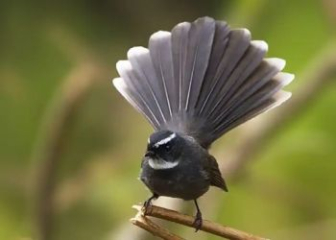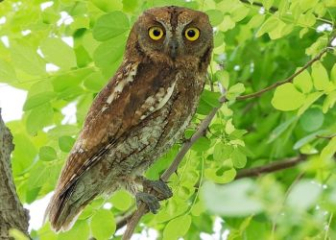Eurasian Oriole - Learn about origin, appearance, habits
Blog | by
The Eurasian Oriole (Oriolus oriolus) is a brightly colored bird that is reclusive, shy, flies very fast, and has seasonal migratory habits.
The Eurasian Oriole (Oriolus oriolus) is a wild bird commonly found in Europe, Western Asia and Central Asia. It has a bright color (males) and a beautiful, melodious song, often used to signal the arrival of spring in European countries.
Despite its beautiful voice and appearance, this bird is rarely kept as a pet because of wildlife protection laws.
In the article below, nicebirds will help you discover in detail the origin, appearance, habits and reasons why Eurasian orioles are not kept as pets.
Eurasian Oriole Information :
|
Scientific name |
Oriolus oriolus |
|
Common name |
Eurasian Oriole, European Oriole, Western Eurasian Oriole |
|
Set |
Passeriformes - Order Passeriformes |
|
Surname |
Oriolidae - Orioles |
|
Size |
24 - 25 cm |
|
Lifespan |
Average 5 - 8 years |
Origin and classification of Eurasian oriole
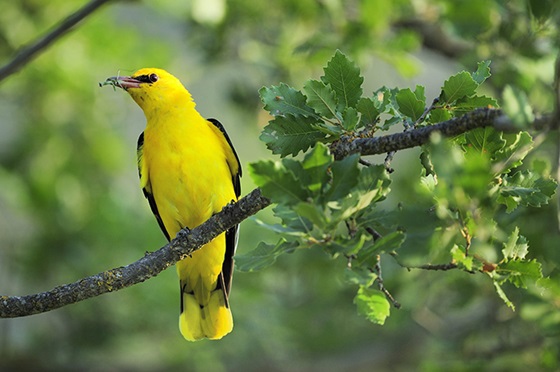
The Eurasian Oriole is a migratory bird.
Many scientific studies suggest that the Eurasian Oriole (scientific name Oriolus oriolus) evolved from tropical ancestors in Southeast Asia or Africa, then spread to Europe and began the process of biological dispersal.
This is a long-distance migratory bird so their distribution depends on the season, specifically as follows:
- Breeding season (summer) : Concentrated in broadleaf forests, mixed forests or plains, parks in Europe, Russia, Kazakhstan, Turkey,... (Except for the super cold Northern Europe).
- Winter : They migrate out of Europe and winter in Africa, mainly East and Central Africa.
Eurasian Oriole Appearance
Eurasian Orioles have a big difference in appearance between male and female birds, usually the male bird will have more colorful colors, easier to recognize. Let's find out the detailed description right below!
Appearance of male Eurasian Oriole

A male Eurasian Oriole with a bright yellow coloration.
Adult male Eurasian Oriole will have the following morphological characteristics:
- Length : 24 - 25 cm
- Wingspan : 44 - 47 cm
- Weight : 60 - 90g
- Main coat color : The body is a bright yellow color.
- Wings : Velvety black, with very thin yellow edges.
- Tail : Black, base of tail is yellow
- Head : Yellow, black eyes with red rim.
- Beak : Dark pink or light red
- Legs : Blue-gray, long toes.
Appearance of female Eurasian oriole

A female Eurasian Oriole is perched on a tree branch.
Adult female Eurasian Orioles will have many differences compared to males, especially in color and pattern. Specifically as follows:
- Feather color : Pale yellow mixed with olive green, not as bright and fresh as the male bird.
- Belly and chest : Has pale stripes.
- Wings : Dark brown, not as clear as male bird
- Beak and wings : Lighter in color than male.
Appearance of young Eurasian Oriole
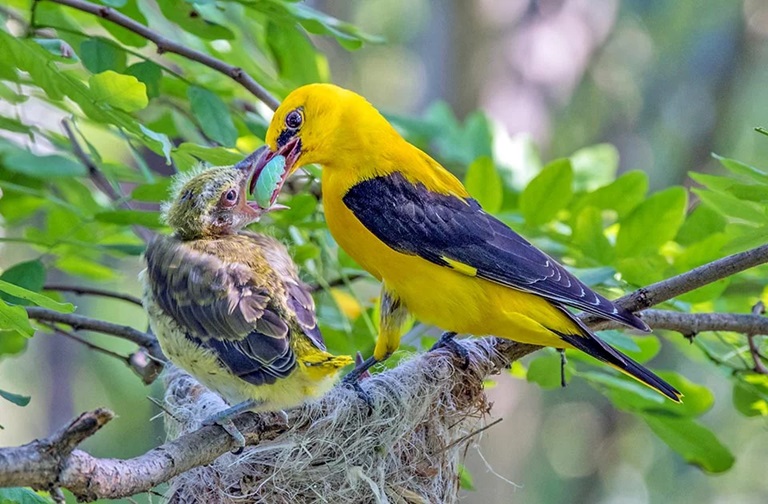
The father Eurasian oriole is feeding his chicks.
Young Eurasian Orioles look quite similar to females but are paler in color, with more vertical stripes on the belly and chest, a gray beak, and brown eyes.
Eurasian Oriole Behavior
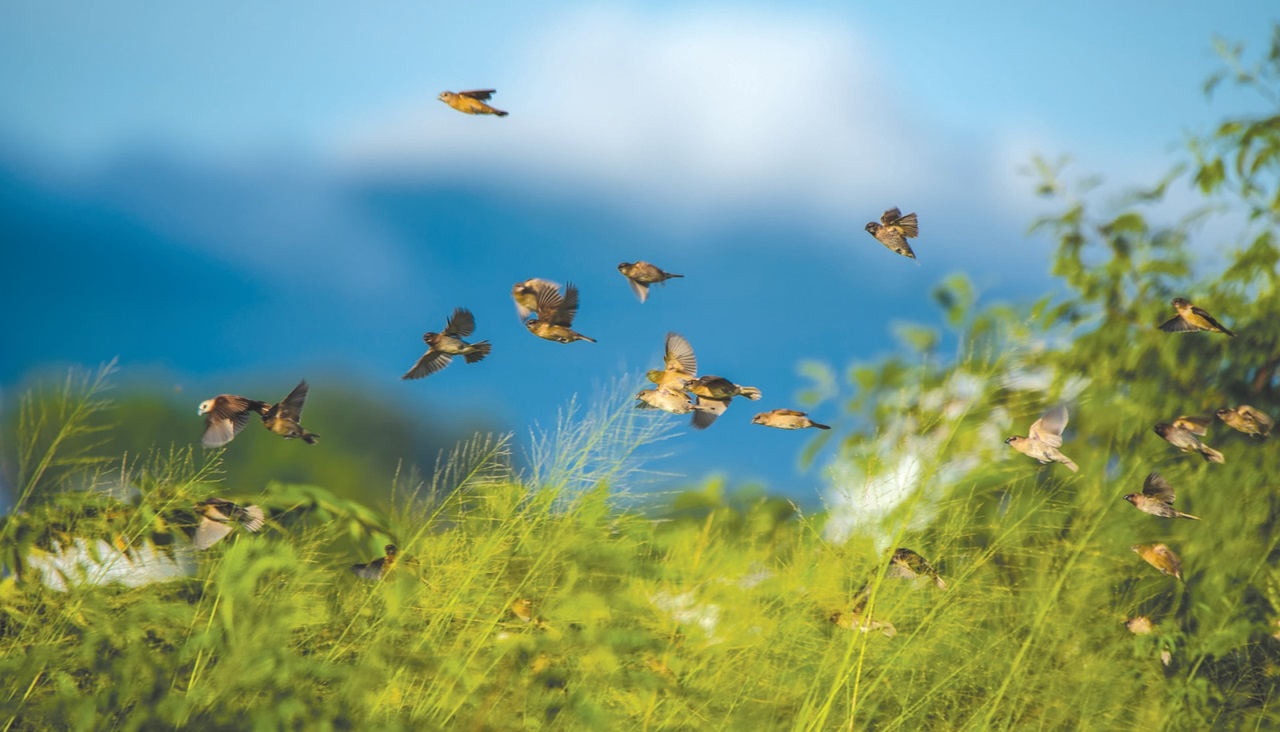
A flock of Eurasian orioles migrating.
The Eurasian Oriole is a solitary, secretive bird, but it also has many interesting habits and behaviors, typical of its migratory lifestyle. Let's find out more details below!
Like to hide, live alone
Although Eurasian orioles have colorful plumage, they prefer to live in seclusion, often hiding in tall, dense tree canopies and are difficult to see with the naked eye.
In the natural environment, they also often live alone or in pairs during the breeding season. They only gather in large flocks during the migration season.
Fly quite fast
The Eurasian Oriole moves quite quickly, soaring vigorously between trees and can fly very high and very far when necessary.
They are also usually only active in the early morning or cool afternoon, avoiding harsh sunlight.
Is a long distance migratory bird
The Eurasian Oriole is a typical long-distance migratory bird. It will start its migration in late summer (August - September) to winter in Africa, then return around April - May to prepare for breeding.
Their migration distance can be up to 6,000 km when crossing the Mediterranean Sea and the vast Sahara desert to reach Africa.
Likes to eat insects and fresh fruit
Eurasian orioles love to eat insects such as worms, bugs, spiders, grasshoppers, etc. When the fruit season comes, they also eat other fruits such as strawberries, figs, plums, etc.
Thanks to this feeding habit, they also play an important ecological role in helping to control pests and disperse seeds.
Practice communicating by singing
The Eurasian Oriole has a melodious, long-lasting song that is likened to a flute. The male bird uses its song to mark its territory, warn of danger to its species, and especially to “attract” a mate.
This bird also often sings loudly during the breeding season, and less so in the fall and winter.
Reproductive behavior
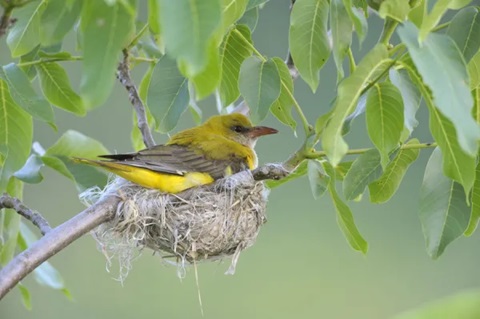
Female Eurasian Oriole and her nest hanging from a high branch.
Here are the outstanding features of the reproductive process of the Eurasian Oriole, let's learn more:
- Breeding season usually takes place in May - July in Europe.
- Monogamy.
- They often build cup-shaped nests suspended high on tree branches. The nests are usually made of dry grass, tree roots, and very sturdy feathers.
- Each time they breed, the female lays 3-6 eggs, the eggs are ivory white with brown spots.
- After laying eggs, both male and female birds take turns incubating the eggs, which hatch after about 2 weeks.
- After hatching, the baby birds will be cared for for about 2 - 3 weeks before they can begin to live independently.
Eurasian Orioles are not popular pets.
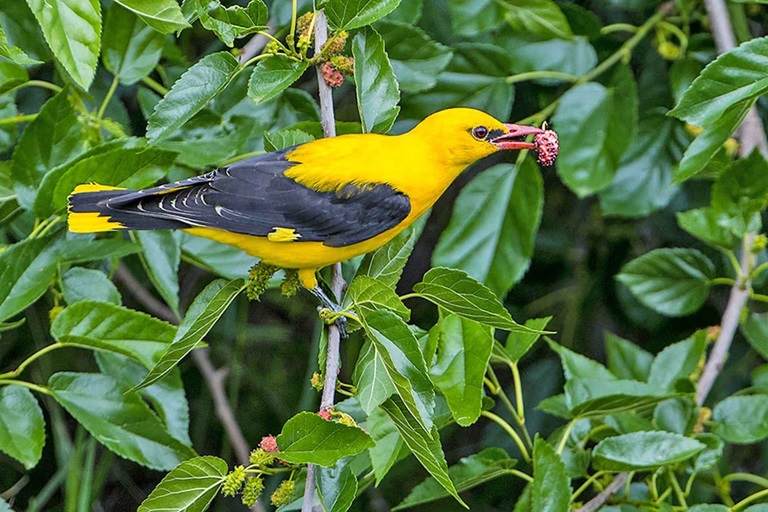
A Eurasian Oriole eating berries.
Despite its beautiful appearance and beautiful voice, the Eurasian Oriole is rarely kept as a pet. Do you know why? If not, find out the reasons and related regulations right here!
Is a protected wild bird
In European countries, the Eurasian Oriole is a wild bird strictly protected under the European Union (EU - Birds Directive), which prohibits hunting, trading or keeping without a license.
In other countries, captive breeding is also restricted by CITES - the Convention on International Trade in Endangered Species of Wild Fauna and Flora.
Wild nature, difficult to adapt to captivity
In addition to legal issues, Eurasian goldfinch also has difficulty adapting to captivity. Specifically as follows:
- They have a clear migratory instinct, so if kept in captivity for a long time, they can become stressed, leading to anorexia or death.
- Wild, timid, untamable and unfriendly to humans.
- They like to live in tall trees and open spaces, so they cannot adapt to captivity.
- The “complex” diet of only eating live insects and fresh fruit is very difficult to meet in captivity.
Through the above reasons, it can be seen that the Eurasian Oriole is not suitable for keeping as a pet bird. If you like the Oriole line, you can consider choosing the Oriental Oriole, they also possess brilliant beauty and singing voice that is not inferior to the Eurasian Oriole.
Questions and answers about Asian and European golden orchids?
Are Eurasian Orioles common in Vietnam?
No, the Eurasian oriole is only distributed in Europe, West Asia or Central Asia, not naturally distributed in Vietnam. The oriole species you often see in our country is the Oriental oriole.
Does the Eurasian oriole sing well?
Yes, the Eurasian oriole has a very beautiful, melodious voice and is likened to the sound of a flute.
How long do Eurasian orioles live?
In nature, Eurasian orioles have an average lifespan of 5 - 8 years, some individuals can live up to 10 - 12 years.
Eurasian Oriole Image
The Eurasian Oriole is famous for its bright yellow plumage and slim, slender figure - often considered a typical symbol of spring in Europe. Let's take a look at some impressive, beautiful moments of this special wild bird!
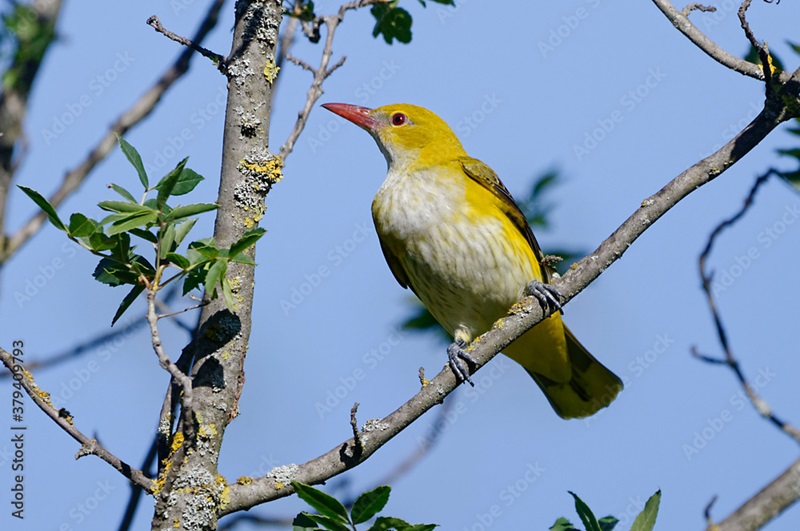
A female Eurasian Oriole with an elegant, rustic appearance.
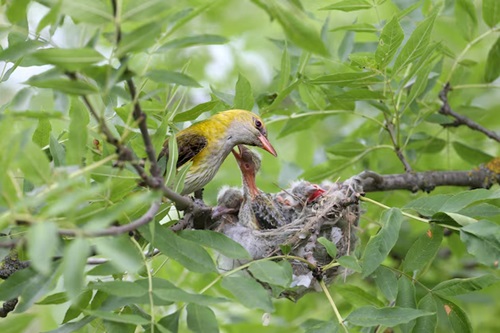
Image of mother Eurasian oriole taking care of her chicks.

Picture of a very happy looking Eurasian oriole family.

Male Eurasian Oriole with colorful, eye-catching appearance.
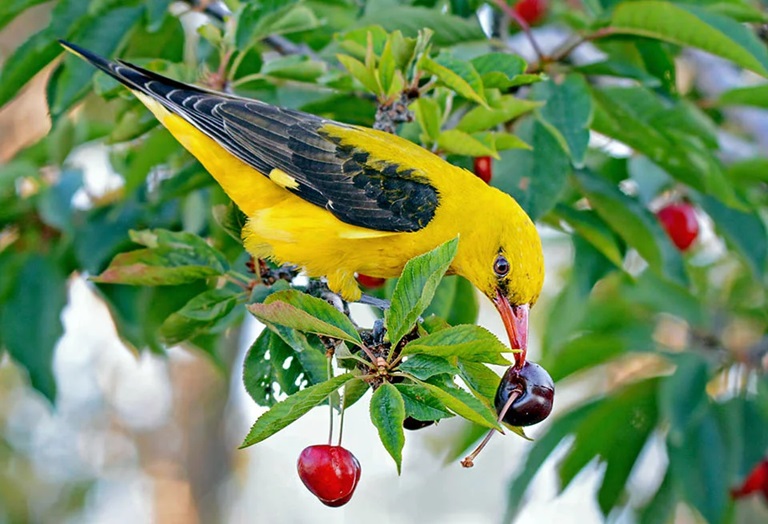
Image of an Eurasian Oriole eating a cherry.
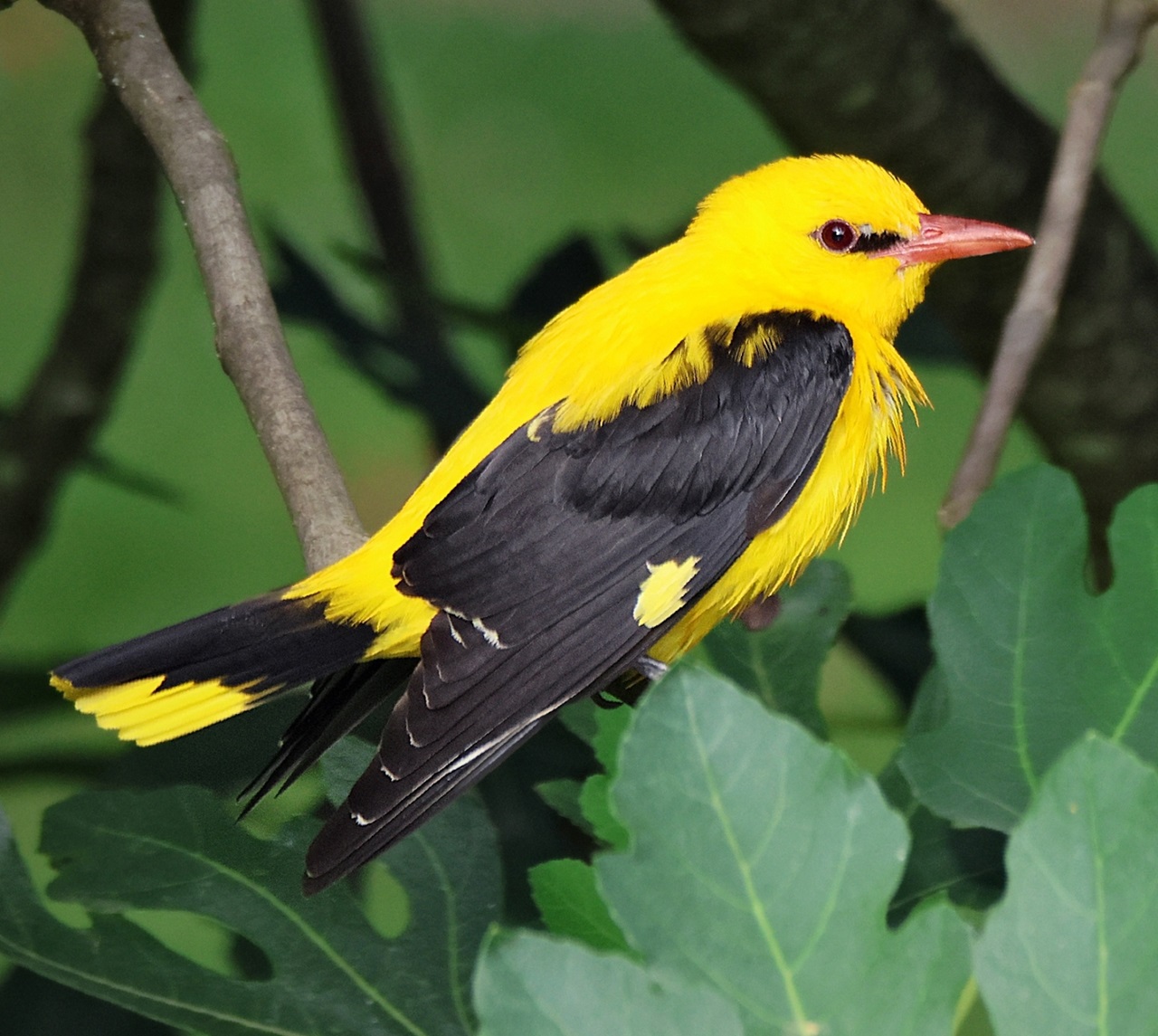
Close-up of the bright yellow plumage of an Eurasian Oriole.
Through the above article, nicebirds.net has shared information related to the Eurasian oriole . This is not only a bird with an eye-catching appearance and melodious song, but it also represents the wild beauty of European nature.
Although this bird is not suitable for keeping as a pet, it still receives a lot of attention from bird lovers.
If you want to learn more about other beautiful wild and ornamental birds, don't forget to follow our Blog section every day! Goodbye and see you soon.

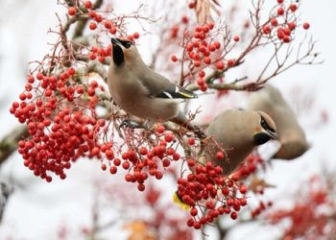

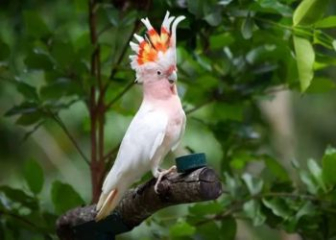
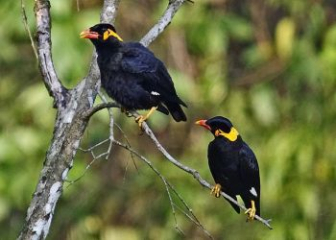
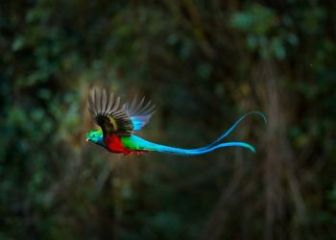





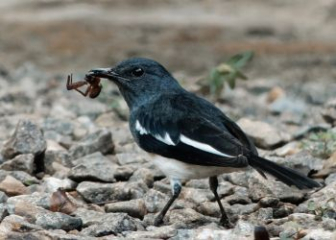
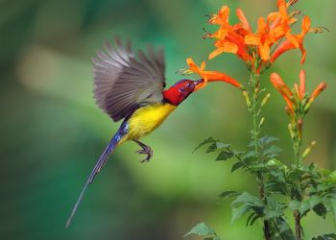


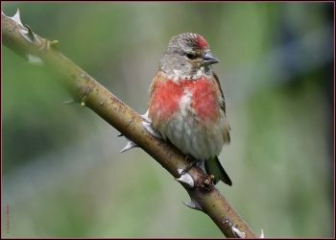
_350x250.jpg)
